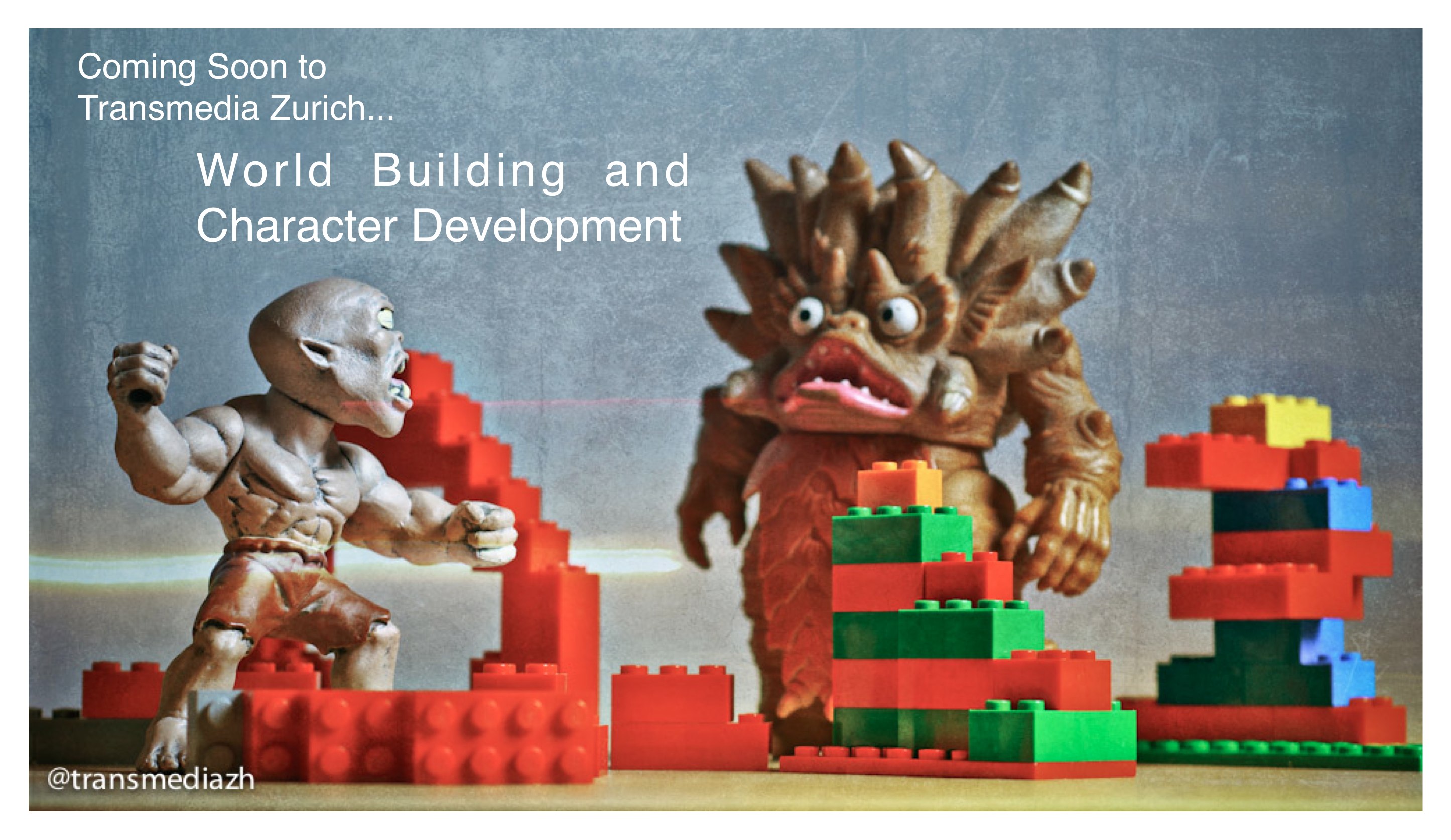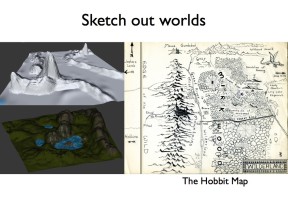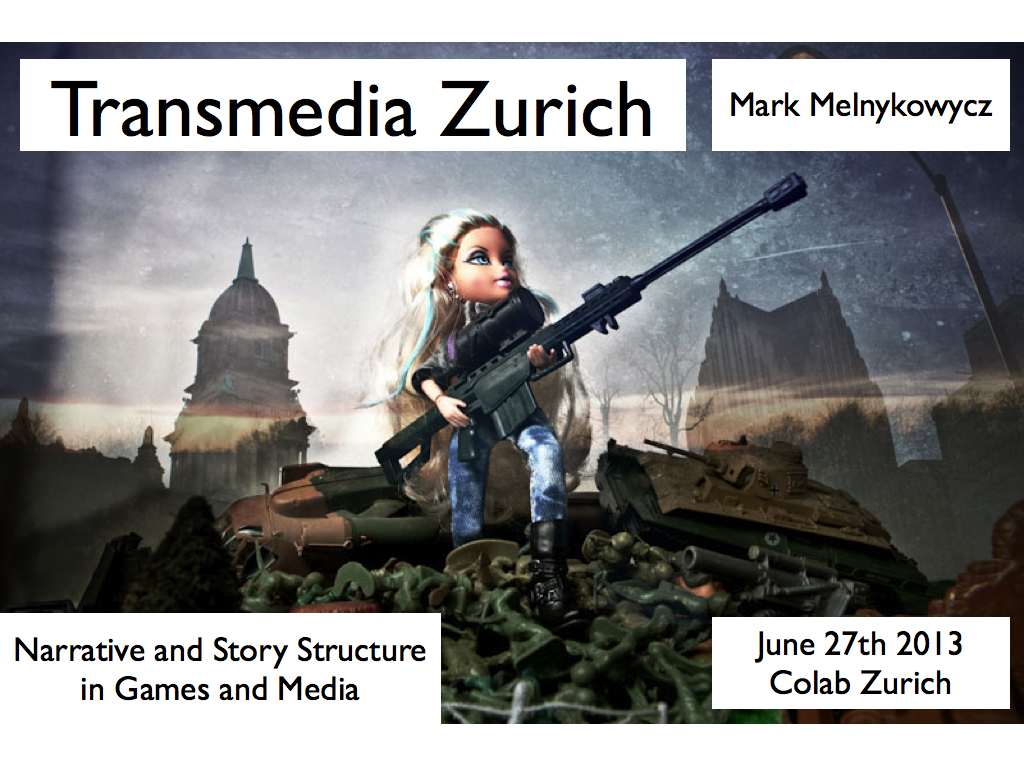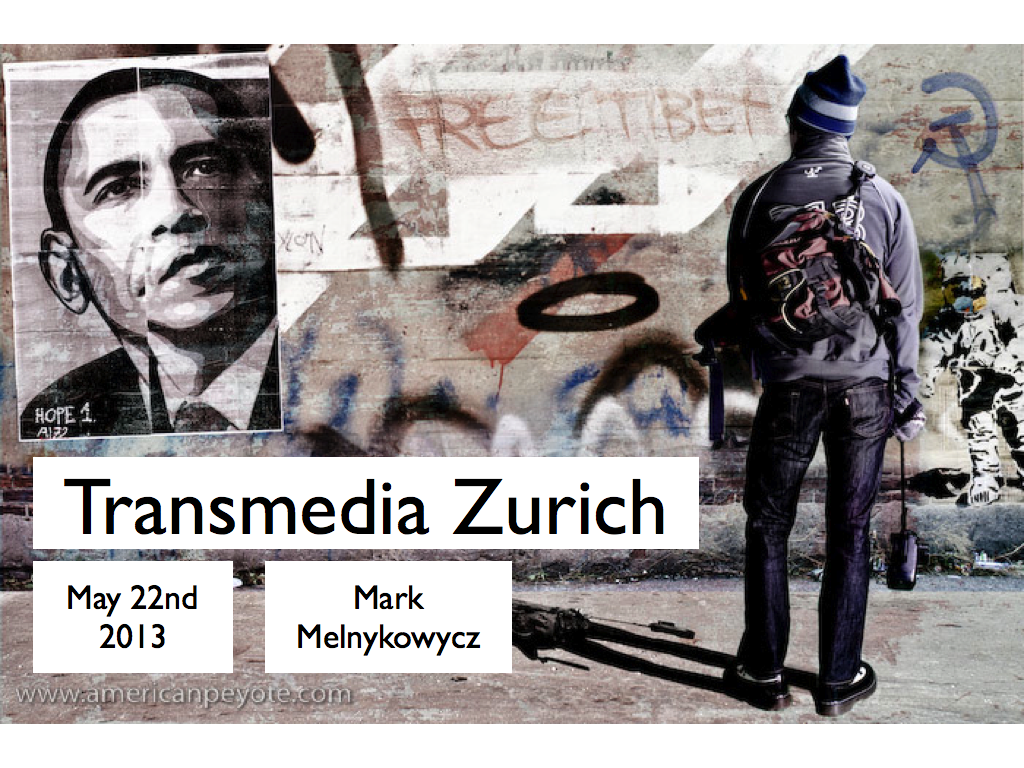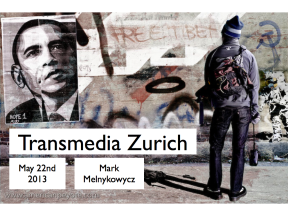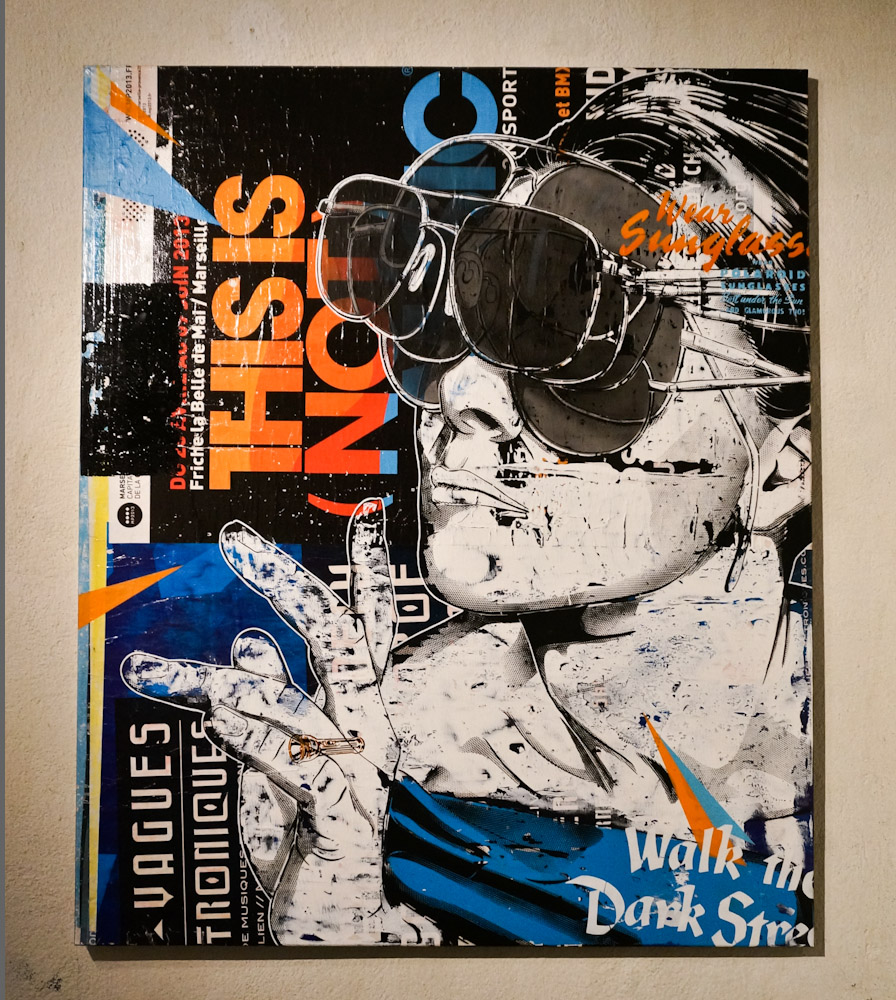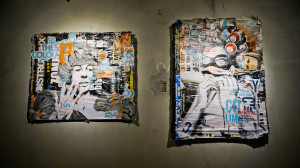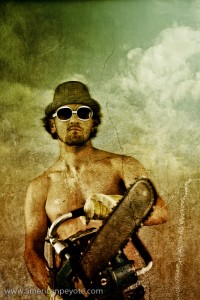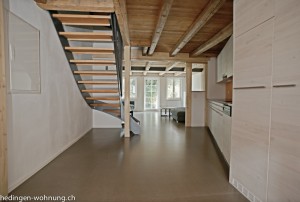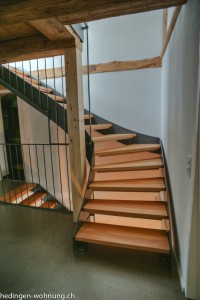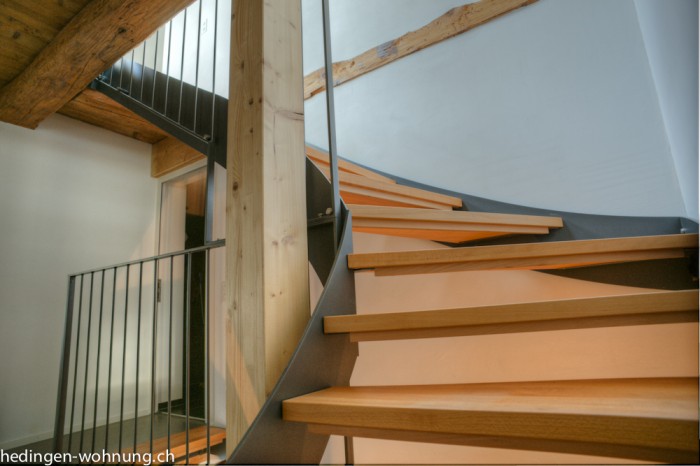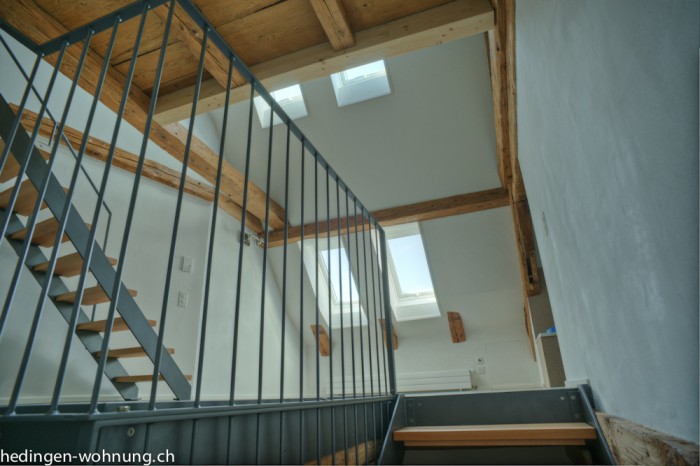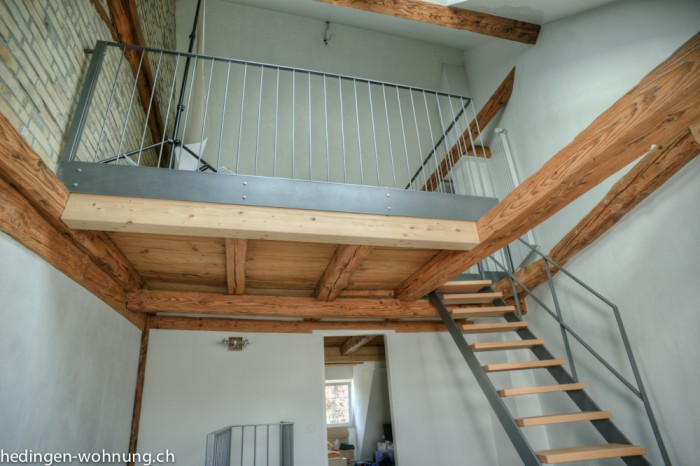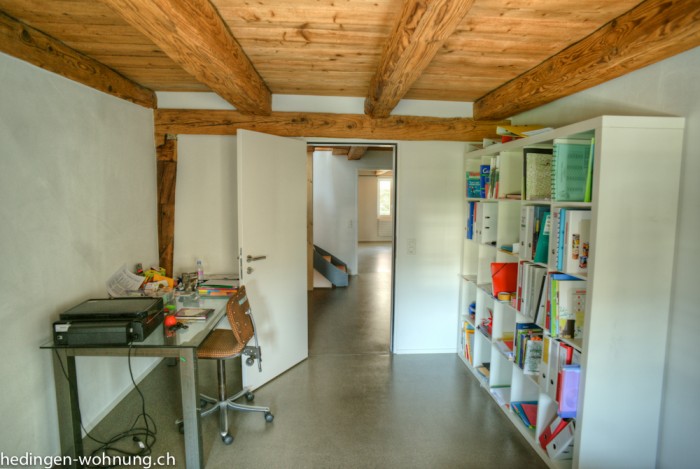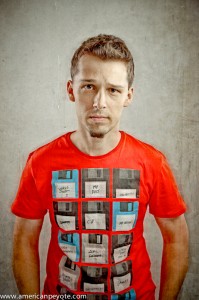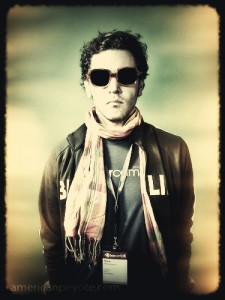 It was a fine summer Zurich night, and I was heading back to the Web Monday Zurich gathering to check out what was happening at our wonderful host, Interxion. There were many events worth noting during this Monday, but the main points include Interxion, 42 Matters, Restorm, and above and beyond customer support by a Googler.
It was a fine summer Zurich night, and I was heading back to the Web Monday Zurich gathering to check out what was happening at our wonderful host, Interxion. There were many events worth noting during this Monday, but the main points include Interxion, 42 Matters, Restorm, and above and beyond customer support by a Googler.
Interxion
Eddy van den Broeck presented Interxtion, a data center in Glattbrugg in Zurich, and the host of this 21st Web Monday Zurich. I had a little trouble finding the Interxion building, but it’s probably a little hard to find because it’s better that way for the security of their business. Interxion is a data center. A large data center. In fact, a very large data center in the center of Europe. I never really appreciated the data center business until this presentation. Interxion sells secure reliable data space. A simple idea executed with high precision and reliability. The scope of their operation is huge, and these types of centers will be the backbone of our digital future (actually they’re already pretty integral to everything). Politicians keep harping on cyber security and the next big war, but I’m guessing that in the future if you really want to fight a war with someone you won’t care about their military bases or missile silos, you’ll just target their data centers with tunneling cluster bombs in an effort to cut the beast off at its head (this part about wars and beasts and decapitation with cluster bombs is my own fantasy – not part of the Interxion presentation).
Interxtion is located in the very near vicinity of the Zurich airport. I didn’t realize this was relevant information, but I’m sometimes slow comprehending the world around me. Why near the airport and why in Switzerland? Power, fiber optics, customers, political stability, connectivity. All things a giant information storage space needs to be successful. As we do more and more on the net we tend to forget that big data needs to be somewhere…physical. Even the cloud has be a cloud somewhere, it’s not just a fanciful collection of Smurfs shuffling your data between magic mushroom fields and your iPad or Asus Transformer – and there are many real-world factors that need to be in place. For example, Interxion uses more power than the Zurich airport and yet are CO2 neutral. The mechanical engineer in me found this absolutely fascinating. I actually chose my latest internet service provider iMountain largely because they run their operation on solar power, and I like to support Green. Interxtion offers this choice to their customers as well, allowing and promoting the use of alternative energy sources for customers, for example, wind power sources for energy consumption instead of nuclear. Why Switzerland? Best power grid in Europe, politically stable, in the center of everything – makes sense to me (I can list these same reasons for choosing to live and work in der Schwiez myself).
In closing Eddy spoke about the drive to create a Silicon Valley inspired innovation culture in the Zurich area – code named: The Zurich IT Valley. This is a theme people are often talking about, but implementation is always a question. Swiss startup folks visit places like San Francisco and them come back with tales of how awesome it is over there and how things need to change in the Zurich area. However, Silicon Valley wasn’t built by purpose (at least there was no city planning blue-print, even Apple doesn’t have a central campus yet), it was an organic evolution of the innovation society, probably dating all the way back to the atomic bomb. There are real grass-roots movements in the Zurich area like Web Monday, Mobile Monday, Web Tuesday and The Hub, where the locals meet and organically develop communities that define a healthy environment for startups and innovation culture. The Zurich IT Valley sounds like a more structured approach, let’s see what the next five years will bring.
42 Matters
The first startup presentation was by Andrea about AppAware.org – the first app offering from a new startup out of ETH Zurich called 42 Matters. The name of the company is self-explanatory if you’ve read the till the end of the Hitchhiker’s Guide to the Galaxy, and it not then it doesn’t matter. I mean, the relevance of the name, not the worth of the company. AppAware is an application which shows you what people are installing on Android devices. You can see the installation trends, see what’s hot, what’s not, and based on that info decide for yourself what apps to install on your own device. AppAware is location aware, so you can see what the people around Zurich have installed (and uninstalled). Naturally you can connect to friends to see what they’re doing and copy their behavior if you happen to be a sheep grazing in the mobile app feeding fields. You can tag apps and…do what most social network type apps are doing – and in this field, idea execution is everything. As I began to consider an ASUS Transformer I understand why this sort of app is needed. By contrast you can easily see in the Apple app store if a an app is good or not, read reviews and see if there’s compatibility issues with the latest release. I couldn’t really find the same info planning which apps to buy for an Android device, and AppAware would fill that need.
Is there a way that AppAware is making money? Not at the moment, but there are high hopes for the future, such as providing apps for money and data mining. AppAware/42 Matters is an ETH startup, it originally began as part of a PhD project, and was successful enough to found a company. Seems like a reasonable direction, but in the SWOT sense of the mobile landscape it seems like AppAware could be a stepping stone to something better for the founders – as opposed to the final killer product. The thing is, apps like AppAware have no security against competitors, and even if you’re the first to market it doesn’t necessarily mean anything. A new hot trending app can come along with the same\similar technology and suck up your users like a sponge wiping across the universe or a second straw in your milkshake. Still, part of the reason the founders put their ETH studies on hold was because their idea got so big so quickly, and that pulse could continue to grow with the explosion of mobile devices on the world. I wish them well.
Restorm.com
I’m a Doktor of Science, but I’m also into photography, painting, and small production video creation. So Restorm.com was naturally very interesting for me to learn about. There is a very large market for licensed music and media on the internet, but a lot of it is simply shared or pirated. I know this well, and there are many times I want to use a piece of music in a video production, but as an independent hobby-director I have no way to license music legally to use in my work. I’ve resorted to creating my own music, and now I’m collaborating with a DJ from Atlanta I met on Talenthouse.com. Working with DJCue is a great solution for me, and this anecdote is actually a success story for Talenthouse, but the vast majority of folks don’t have time to forge partnerships like I’ve had the ability to do, and just want to easily license music for their projects as easily as buying the song on iTunes. Restorm is a company trying to do that (well, compared to the way it is now it would be as easy as iTunes).
Philippe (from Restorm) wants to make it easy to allow direct licensing agreements between musicians and producers needing music for films and other projects. This is huge for people like me, who have been wondering since the beginning of time (ok, maybe 3 years at least) why we can’t do this already. From the presentation, it seems like Restorm is taking the right angle on the licensing issue. The photography stock market has basically been destroyed by microstock companies such as ShutterStock, who built unsustainable business models ideal for designers needing cheap images but pretty poor for photographers (think ShutterStock) looking to profit from their imagery. Companies like Photoshelter and Alamy provide credible licensing options for photographers, but I think that Restorm can do something really significant in the area of creative works licensing if they’re successful starting with licensing music. I’m looking forward to their full launch.
The After Party
After the presentations the best part of any given Web Monday begins, the time of drinks by the BBQ and networking with all manner of interesting people. I was mingling and hanging out with folks like Mike Byte to catch up on his latest projects and by the end of the night witnessed a customer feedback session that forever proves in my mind that Google is not evil, and is composed of caring people focused on providing an enjoyable experience for their customers.
It went down like this, I was talking in a circle of friendly conversation with some folks (including a Googler), admiring business cards (I had forgotten mine) and making smart remarks about this and that newest thing. I vaguely recall something about tactile surfaces perhaps, or a smart phone display built wth thin-film piezo technology, which will power the devices by user gestures. Then a tall man in a light colored suit, and pressed shirt walked up to us. He seemed out of place at a Web Monday, where even the folks from IBM don’t come in suits. He was a well-dressed man with well-groomed hair and a suit and a tie in a sea of web hipsters with tactile business cards, Freitag bags, disheveled hair cuts, and relaxed-fit jeans (I was sporting a fine pair of white leather Adidas by the way).
One of our circle of conversation was a Googler, wearing his fine Google t-shirt. The well-dressed man didn’t seem to be very happy, and we soon found out it had to do with Google. The conversation started off innocently, our Googler was showing off his phone sporting Android, and we were engaged in dialogue about how some people put a piece of paper over the camera port on their iMac because they’re a little freaked out at the new technology (as did I at first). The iPhone location tracking scandal was in the news at that time, and then our well-dressed friend began making remarks about Google being evil and how he deleted his account. We asked about his line of work and turns out he was a risk manager. So he was keenly clued in to all manner of freaky things that could go wrong in life, backed up by mathematical models, and I think he was a little paranoid – Paranoid that Google was evil and hell bent on taking over all our lives, but then the real reason for his quiet rage came out.
You see, he had set up a Google AdWords account, and he was pissed off that AdWords wasn’t showing up on his chosen search terms, even when his colleagues tried to search from different browsers. He seemed like a meticulous person, and as it turns out, had double checked and tried everything. The main page of his company was on the front page of Google (thanks to organic search optimization), but apparently for AdWords the search terms didn’t hit. There’s no customer service line for AdWords, and he was uber frustrated at the whole experience. Our Googler friend began a solution-oriented approach, bringing up different things that could be wrong, desperately trying to help our well-dressed friend with now fiery eyes, slightly reminiscent of lava about to explode from a deep crack in the surface of the Earth. This went on for maybe 10 minutes…did you try..ah…YES I TRIED THAT..what about..YES I DID THAT AS WELL.
It’s hard to describe the crescendo of rage that was now emanated from the eyes of our well-dressed friend, and for a second I thought we were heading to an apex in energy and he was going to rip off his blazer and punch our Googler in the face because of his poor AdWords user-experience. I’ve been studying user experience this past year, and also have shared this personal rage at wanting to throw a computer out the window, but when you have a representative of the company at the root of your rage directly in front of you, well, the bull’s eye is obvious for your rage canon. This is the point in a confrontation when you either fight back or accommodate to and empathize with the feelings of the aggressor and diffuse the bomb as it were. Our brave Googler handled the situation as any upstanding professional should. He pulled out his Google business card and offered to personally help in the matter.
This defused the situation because some one was listening – and listening is at the heart of user experience satisfaction. It’s the difference between OSX and Windows Vista. It’s the center that this social media tech world revolves around. A real person was offering to help and get to the root of the issue and was sincere in showing that he cares. In an instant the fiery eyes cooled and the rage diffused into the cool Zurich night sky. Our well-dressed friend remarked to me (now with a slight smile on his face), that if Google didn’t change its ways that everyone would simply leave and go to some other search giant. I remarked, that unlike the US economy, Google is too big to fail. He laughed now with genuine joy and agreed with me – a huge smile upon his face, and faded into the fine Zurich night like the Cheshire Cat blending into the background of Wonderland.
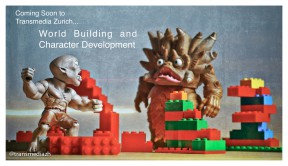 For the Transmedia Zurich Meetup in December I gave a presentation on World Building. A truly fascinating topic, that brings together all the elements of origin, evolution, science, and story in one go.
For the Transmedia Zurich Meetup in December I gave a presentation on World Building. A truly fascinating topic, that brings together all the elements of origin, evolution, science, and story in one go.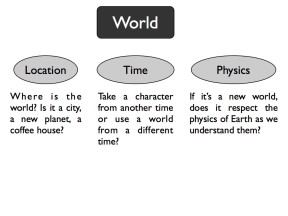 World Prototyping
World Prototyping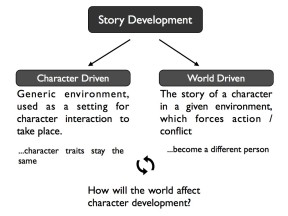 Characters and Story
Characters and Story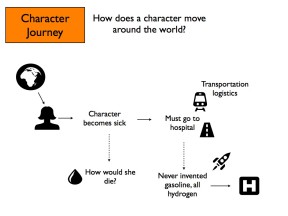 Character Journey
Character Journey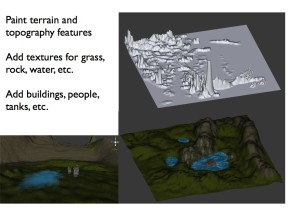 World Prototyping
World Prototyping